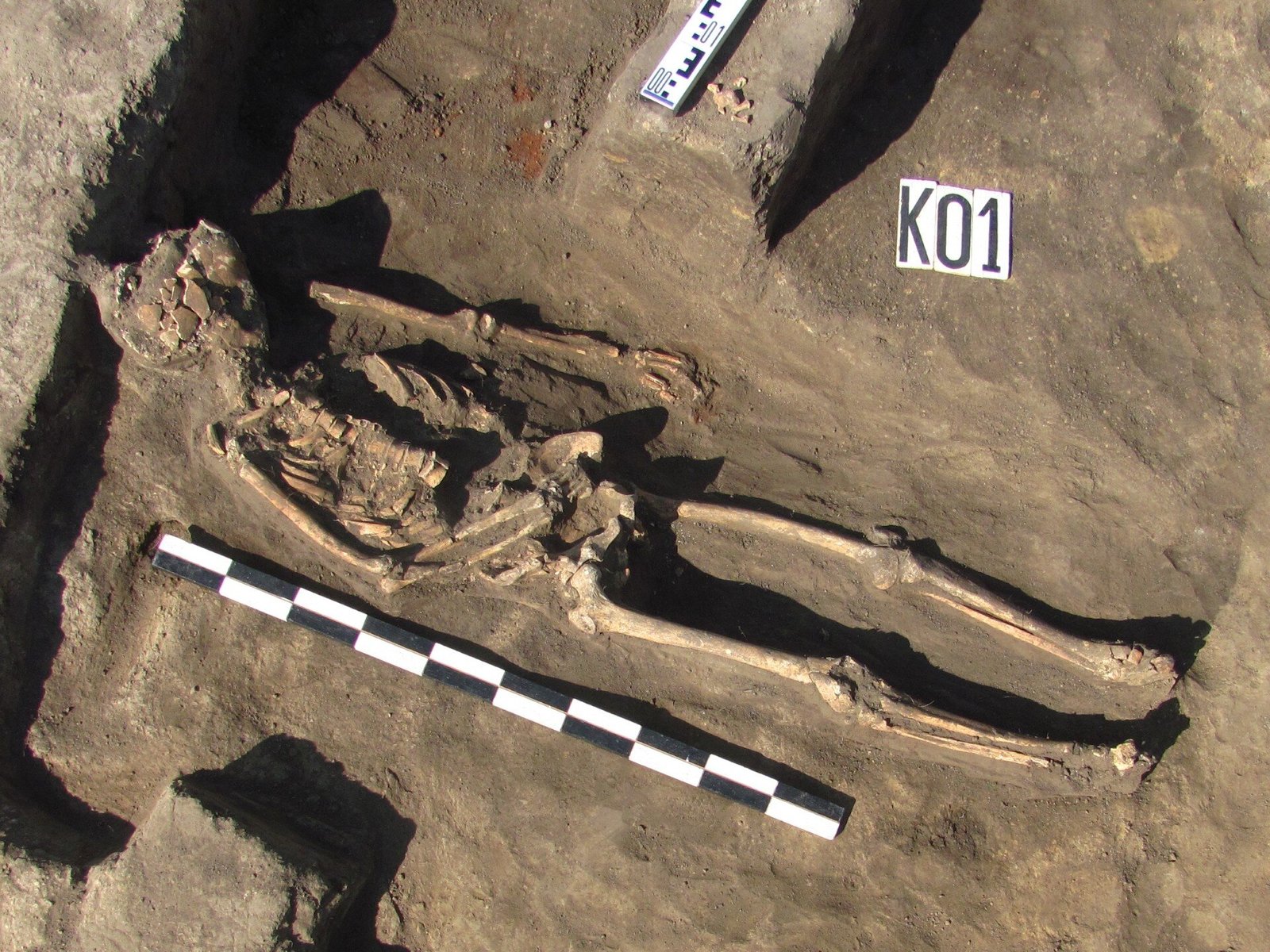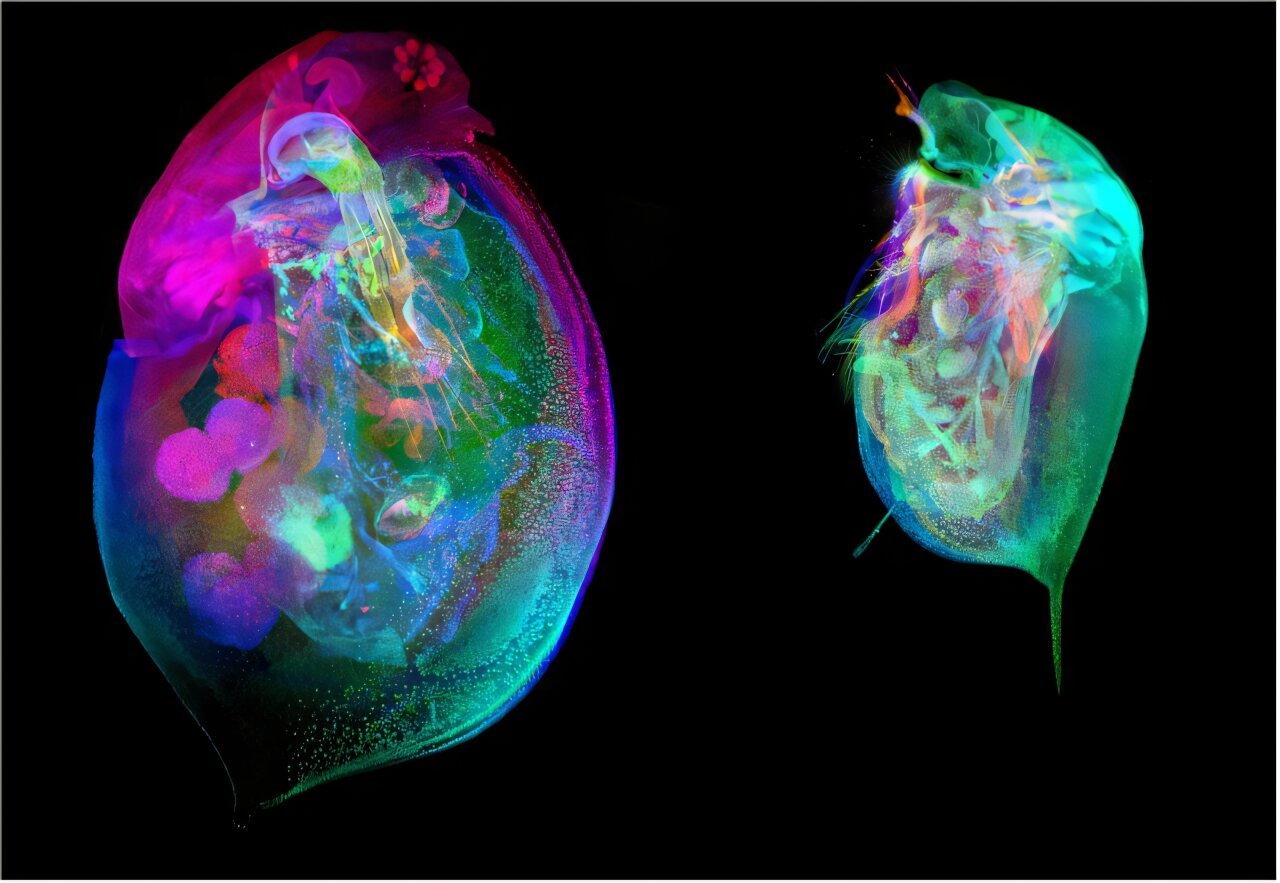The North Pontic region, a vast and historically significant area stretching across modern-day Ukraine, has long been recognized as a dynamic crossroads where multiple migration waves from diverse cultural and geographic regions converged over millennia. For thousands of years, this fertile land between the Eurasian Steppe and Central Europe not only nurtured rich civilizations but also witnessed the movements of a variety of peoples, each contributing to the region’s complex genetic landscape.
Recently, a groundbreaking study published in Science Advances has revealed extraordinary insights into the genetic heterogeneity of the North Pontic region. By analyzing ancient human remains from this region, researchers have mapped the migration patterns and genetic makeup of its populations spanning the last 3,500 years, uncovering a rich tapestry of genetic diversity, complex ancestry, and population changes. This study, led by Lehti Saag from the University of Tartu Institute of Genomics and her colleagues, presents new evidence showing that the genetic makeup of the population in this area has been in constant flux due to successive waves of migration and admixture over the course of its history.
Genetic Diversity at the Crossroads of Eurasia
The North Pontic region, encompassing much of present-day Ukraine, has long been seen as a pivotal meeting point between different cultural spheres. The study’s findings show that this region, particularly at the end of the Bronze Age, exhibited a striking genetic heterogeneity. Broadly speaking, the genetic composition of the region’s ancient populations closely mirrors that of modern populations across much of Europe, representing a complex mixture of ancestral components from three primary sources: the European hunter-gatherers, Anatolian early farmers, and Steppe pastoralists. These ancestral groups had previously been recognized as key contributors to the genetic makeup of various European populations, and their combined presence in the North Pontic region from the end of the Bronze Age onward underlines the shared genetic heritage that shaped the populations of the region.
The continued genetic presence of these ancestral groups highlights the long-lasting nature of these early migrations. Even millennia later, these components remained entrenched in the genetic makeup of the North Pontic region, influencing not just the locals but also those who passed through the region.
The Impact of Nomadic Migrations from the East
However, the genetic picture of the region does not remain static. From the Early Iron Age and through to the Middle Ages, the North Pontic region witnessed an influx of eastern nomadic populations. These migratory waves had a profound effect on the genetic structure of the region’s inhabitants, with several groups bringing new ancestral elements that had previously been unseen in this part of the world.
Eastern nomads from the Eurasian Steppe, whose movements were often vast and irregular, played an increasingly important role in shaping the genetic landscape of the region. This influx of nomadic populations contributed an array of genetic signatures to the local populace, with some individuals showing large amounts of Steppe-like ancestry combined with minimal local admixture. These newcomers, often originating from the vast expanses of what is now Kazakhstan, Mongolia, and Siberia, brought with them not only their distinct genetic signatures but also their cultural influences. In some cases, the genetic contributions of these eastern populations became remarkably high, introducing significant East Asian genetic markers into the region’s gene pool.
At the same time, this process of migration and population mixing was not universally applied across the entire region. In other parts of the North Pontic, local populations continued to trace their ancestry to European sources. In these areas, genetic profiles remained closer to those seen in other European populations, showing much less evidence of genetic contributions from the nomadic groups arriving from the east.
Population Mixing: A Palimpsest of Ancestry
The unique mixing of different population groups in the North Pontic region during this period created a complex and multifaceted genetic record. The continuous arrivals of newcomers and the local population’s persistence in the region contributed to what has been described as a “genetic palimpsest.” In historical terms, a palimpsest refers to a manuscript that has been written over multiple times, retaining remnants of earlier writings that remain visible beneath later layers of text. Similarly, the North Pontic region became a layer of overlapping and interconnected genetic profiles from various peoples, representing a time when geographically distinct populations coexisted and influenced each other at various historical moments.
This phenomenon was especially notable in archaeological sites, where multiple genetic profiles have been found within single burial sites or communities. Despite living in relatively close proximity and, in some cases, sharing similar social or cultural practices, individuals often exhibited stark differences in their genetic backgrounds. This diversity, which was especially prevalent between the Early Iron Age and the Middle Ages, reflects not just regional variation but also the blending of foreign populations with the locally established groups. Some individuals might have had genetic markers primarily associated with eastern nomads, while others retained primarily European ancestry from earlier periods.
Scientific Contributions and the Study’s Authors
This exceptional study was carried out under the leadership of Lehti Saag, a researcher at the University of Tartu Institute of Genomics, and was also supported by Professor Mark Thomas from University College London (UCL) and Pontus Skoglund from the Francis Crick Institute. The team’s findings represent a collaborative effort that involved researchers from multiple institutions, contributing to a deeper understanding of human migration, cultural exchange, and genetic inheritance across the North Pontic region.
The resilience of Ukrainian researchers during these turbulent times has been instrumental in facilitating the study’s success. Despite the ongoing war in Ukraine, local scientists and archaeologists have remained steadfast in their commitment to conducting research. One notable contributor to the study, Olga Utevska, currently a MSCA4Ukraine fellow at the University of Tartu Institute of Genomics, played a key role in helping conduct research amidst the challenging environment in Ukraine. In particular, the tireless efforts of local archaeologists continue to yield invaluable discoveries in the midst of conflict, shedding light on the deep historical and genetic layers of the region.
The importance of this research is not just in its academic contribution, but also in its demonstration of how cultural and genetic histories persist through tumultuous times. It underscores the lasting legacy of human migration and interaction over the centuries, laying out an interconnected past that continues to influence genetic heritage in the region today.
Conclusion: The Long Shadow of Migration
The genetic heterogeneity revealed by this research underscores the pivotal role of migration in shaping the populations of the North Pontic region. From the Bronze Age to the Middle Ages, waves of migration from the Steppe, the east, and Europe infused the region with a rich diversity of genetic material that has persisted for millennia.
As much as this complexity illuminates the past, it also raises important questions about the long-term impacts of migration and how societies adapt to diverse genetic influxes. The genetic palimpsest of the North Pontic region reveals how new populations intermingle with established communities, resulting in a blend of identities and ancestries that makes it possible to trace the roots of present-day Europeans back through the millennia.
Through studies like this, we not only gain insight into the ancient dynamics of human societies but also continue to explore how migrations continue to shape and define us. The impact of these early migrations is still visible today, woven into the genetic and cultural fabric of Ukraine, revealing a fascinating and complex history that reflects both the resilience and the adaptability of humankind.
Reference: Lehti Saag et al, North Pontic crossroads: Mobility in Ukraine from the Bronze Age to the early modern period, Science Advances (2025). DOI: 10.1126/sciadv.adr0695











